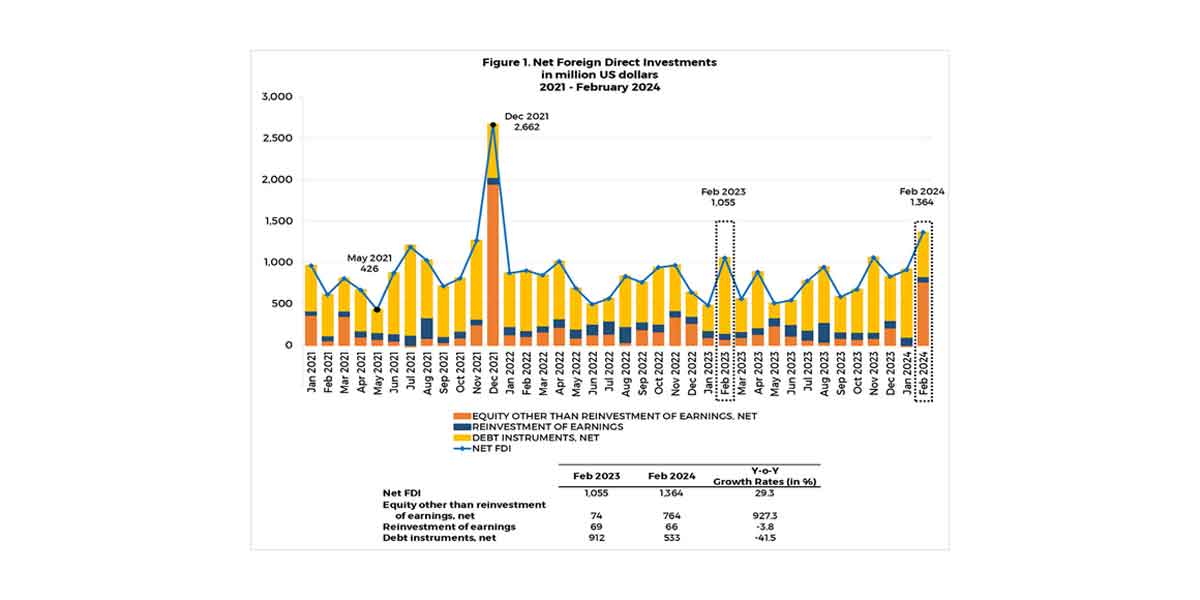 By Joshua Corcuera
By Joshua Corcuera
Last June 29, Canada recorded its highest-ever temperature — a scorching 49.6 degrees Celsius caused by an extreme heat wave affecting a huge portion of the Pacific Northwest and Western Canada.
The unprecedented high temperature was measured in British Columbia, Canada’s westernmost province, though other nearby regions suffer from the frying temperatures specifically the Northwestern United States. The heat wave is so extreme, so severe, that roads in America’s northwest melted.
Though enormous attention was given to this heat wave in North America, they are not the only ones suffering from the harsh effects of climate change. In Russia, Moscow saw its highest-ever temperature for the month of June — 34.8 degrees Celsius. Although this may seem normal to many regions in the Philippines during the dry season, one must remember that Moscow is far north in the Arctic and such heat is apparently abnormal. Due to the high temperatures in Russia, farmers in Siberia are hurrying to save their crops from dying.
Down to the Indian subcontinent, tens of millions of people in India suffer from the same dilemma. According to India’s meteorological agency, New Delhi and its surrounding cities see temperatures staying above 40 degrees Celsius. Just like in Siberia, farmers in some areas in India are struggling at present due to the heat along with a late monsoon.
A little bit to the west to Iraq and authorities declared a holiday. Is there a significant event to commemorate you may ask? No, it is because temperatures there surpassed 50 degrees Celsius making work and study just simply difficult — if not impossible.
Despite the excruciating heat that caused suffering to millions and claimed hundreds of lives, there are no signs that such catastrophe will end. As a matter of fact, scientists claim that this could happen until the end of the century. Even though temperatures here in Manila are starting to cool a little bit thanks to the end of the dry season, it cannot be denied that unusual hot temperatures are common anywhere else.
These recent snapshots of a warming world are just a free taste of what the future may look like if we do not change our habits for the better. As a maxim in Filipino says, patikim pa lang ‘yan. Although heat waves also occurred long ago in the past, it is undoubtedly getting worse over the passage of time largely due to human-caused climate change. Thus, it is imperative to ask what we can do to prevent things from getting any worse.
Plumer (2018) enumerated five ways to keep cities cooler during heat waves: (1) bringing trees back; (2) let the wind blow; (3) paint roofs white; (4) get people to cooling centers; and (5) prepare for deadly blackouts.
The first one, bringing trees back, is pretty obvious since they absorb and filter local air pollution. However, trees are costly to maintain and would be a concern for some government units trying to plant more trees to prevent the urban heat island effect — the fact that cities are warmer than other areas. Letting the wind blow tells that ventilation corridors must be increased for refreshing breezes to be felt by the people. However, local weather patterns and geography must be considered in this solution. Third, painting roofs white may sound weird but according to Plumer, lighter materials are more reflective instead of absorbing the heat. Fourth, air conditioning would be essential in times of intense heat though here in the Philippines, malls can help in this solution. Finally, installing smart grids and new forecasting tools will be crucial to be ready for deadly blackouts.
Altogether, the world suffers from scorching temperatures — and it’s quite obvious that one should merely open their eyes to witness it. Experience has taught us again that climate change is real and we must act quickly to mitigate its severe impact on our world.





















